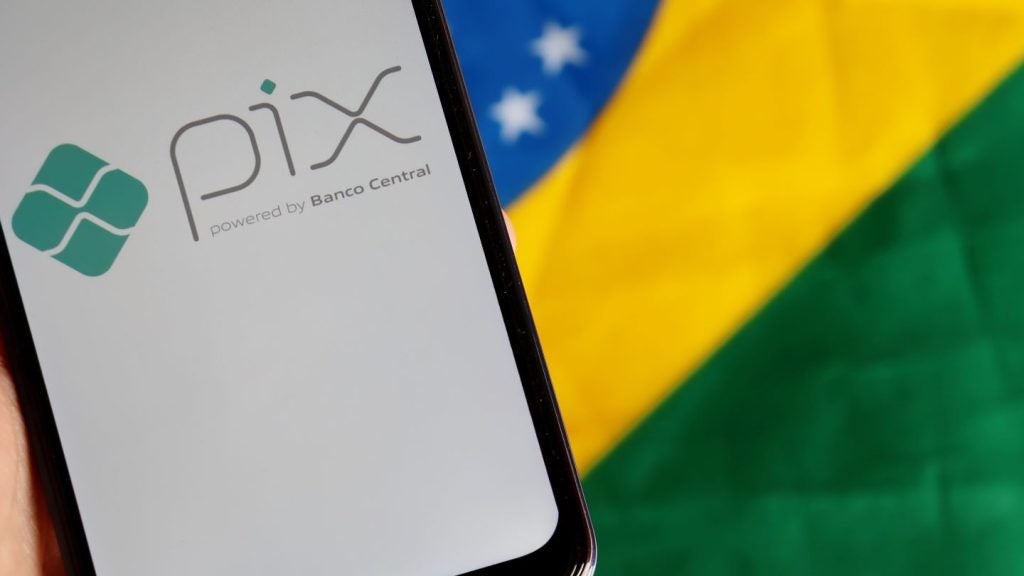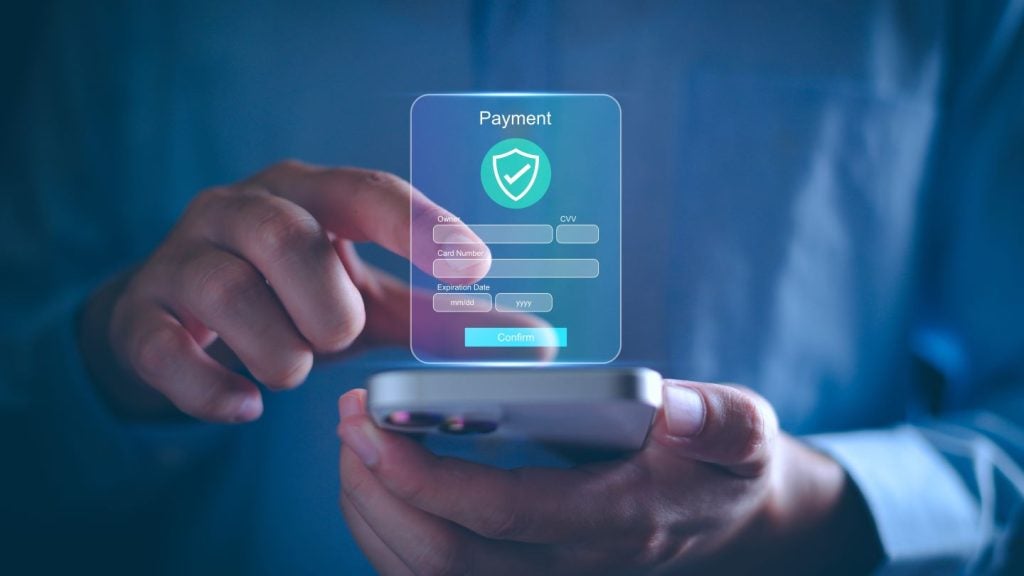Just completed in India, the
world’s biggest pilot involving contactless payments-enabled mobile
phones has been declared a resounding success by independent
adjudicators. However, availability of suitable phones remains a
major problem, although one new solution should solve this in the
very near future.
 Citi Tap, the world’s
Citi Tap, the world’s
biggest-yet contactless payments pilot using near field
communications (NFC) enabled mobile phones, has been declared a
resounding success by consultancy Edgar, Dunn & Company
(EDC).
“This pilot has shown, once and for
all, that suitably conceived and efficiently implemented NFC
programmes, can unlock hidden demand for growth in electronic
payments,” said Samee Zafar, an EDC director, and leader of the
firm’s advanced payments consulting practice.
“NFC technology can help achieve a
long-standing aspiration that has eluded everyone so far –
migrating cash transactions to electronic means,” added Zafar.
Undertaken in the Indian city of
Bangalore over 26-weeks starting in July 2009, the pilot involved
3,141 customers of US bank Citi’s Indian unit, Citibank India; 250
merchant locations including department stores; food courts at
shopping malls; and office buildings, restaurants, fast food
chains, cinemas and bookstores.
How well do you really know your competitors?
Access the most comprehensive Company Profiles on the market, powered by GlobalData. Save hours of research. Gain competitive edge.

Thank you!
Your download email will arrive shortly
Not ready to buy yet? Download a free sample
We are confident about the unique quality of our Company Profiles. However, we want you to make the most beneficial decision for your business, so we offer a free sample that you can download by submitting the below form
By GlobalDataDuring the pilot, 43,527contactless
credit card purchases were made totalling INR26.04m ($570,000) with
Nokia NFC-enabled mobile phones. Other pilot partners were
MasterCard, UK mobile network operator Vodafone and US mobile
technology vendor ViVotech which supplied the software for
downloading the card credentials over-the-air on the handset,
mobile wallets and marketing offers. ViVOtech also supplied all
contactless terminals.
Prior to the pilot’s launch an
intensive marketing campaign was initiated across Bangalore, a city
of 5.8m people. Promotion included exposure in the print media, on
radio and billboards, in taxis and in Vodafone and Nokia stores.
The campaign won the 2009 MasterCard marketing award for ‘Best
Creative Execution’ in Asia.
A particularly impressive result of
the pilot, noted EDC, positive customer feedback on all key
fundamentals such as customer interest, usage and satisfaction.
Positive feedback points from participants in the pilot which EDC
highlighted were:
• Quick and painless service
activation of the mobile phone at the Nokia store;
• Secure set-up;
• An ideal cash substitute; and
• Fast payment.
Customer reaction to the pilot was
further explored by market research firm Nielsen. Based on 1,740
studies it has conducted worldwide, Nielsen ranked in the pilot
service as being in the ‘World Class’ category.
Massive sales
boost
Merchants that participated also
reported favourably on the pilot, in particular for its ability to
speed-up payments at check-out counters.
Also of significance to merchants
was the impact on transaction activity and spending patterns of
consumers participating in the pilot.
For this aspect of assessing the
result of the pilot monthly average transaction 2009 data pre- and
post-sign up for self adopters (1,518 Citibank India customers) and
solicited adopters (1,717 customers) participating in the pilot
were compiled.
The results of these two groups
were compared to results from a control group of non-adopters of
the service comprising 32,620 Citbank India customers.
Among self-adopters growth in the
total number of transactions was almost 50-fold higher than that of
the control group while the total value of transactions was almost
20 times as high.
Among solicited adopters lower, yet
significant, increases were recorded compared with the control
group. Specifically, total transactions were over 13 times greater
and total value of transactions was almost five times higher.
EDC said additional data analysis
reinforces the cash substitution effect.
EDC noted: “There was a clear
increase in the number and variety of merchants where customers
made electronic payment transactions indicating a clear shift away
from cash.”
Participants in the pilot fitted
the somewhat predictable profile. EDC noted that specifics of the
typical participant were:
• A young salaried male in the
26-35 age bracket with an average of 30.5;
• An annual income of $15,720;
• Employed in the IT industry or an
IT-enabled services industry;
• Holds two to three credit cards
and carries about $33 cash;
• Uses credit cards for making
purchases but pays cash for groceries and fuel; and
• Has an average monthly card-based
expenditure of $207.
But it must be noted that
participants in the pilot received an incentive in the form of a
$55 cash back after completing six contactless payments and a
further $55 after completing a further six transactions.
The total of $110 equaled the
retail price paid for the mobile phone used, a Nokia 6212 mobile
which normally retails for about $240. In addition, participants
received exclusive discounts at certain merchants of up to 20%.
Highlighting the incentive effect,
EDC noted that 6% of pilot participants made at least six purchases
but less than 12 to claim the first incentive. Just over 18% of
participants made exactly 12 payment transactions to claim the full
incentive available on offer.
However, the remaining 68% of
participants were transacted more than 12 times.
“A continued demand from two thirds
of the participant base indicates an attractive value proposition
of the mobile proximity payment technology,” noted EDC.
Phone problems
Amid the success, the pilot also
revealed a big hurdle to be cleared in the adoption of NFC mobile
payments: the availability of handsets acceptable to users.
In short, most pilot participants
already had an advanced smartphone and provided strong negative
feedback on they saw as a “basic, clunky and outdated” Nokia 6212
phone used in the pilot.
“This clearly leads to the
observation that to be successful, the NFC enabling technology must
be available in customers’ preferred handsets,” EDC said in its
report.
They should not be asked to
downgrade their communication needs for the sake of an
innovation.”
As an interim solution at least,
EDC pointed to alternative solutions such as contactless NFC
stickers, tags and external sleeves and jackets. An even more
acceptable alternative, stressed EDC, are NFC enabled micro secure
digital (microSD) cards that offer the promise of operating with
most phone types. MicroSD cards are designed to fit into SD memory
card slots on a mobile phone.
Though microSD card-based NFC
solutions began making their appearance in 2006 work on large-scale
commercialisation is only now underway.
In one of themost significant moves
in this direction Visa announced that it was partnering with US
mobile technology vendor DeviceFidelity to develop a NFC solution
based on DeviceFidelity’s microSD In2Pay solution.
In addition to DeviceFidelity, Visa
is also working with other technology providers and strategic
alliance partners to test and deploy microSD card-based NFC mobile
contactless payment technology.
Visa’s partners include US payment
card manufacturer CPI Card Group, French smart card microprocessor
developer Inside Contactless, UK mobile banking specialist Monitise
and Dutch semiconductor manufacturer NXP Semiconductors.
In another move towards
commercialisation of microSD, NFC technology payments processor
First Data announced in March it has teamed up with US mobile
contactless payments technology developer Tyfone.
Forming the basis of First Data’s
offering is SideTap, Tyfone’s hardware incorporating NXP
Semiconductors’ SmartMX smartcard security chip (the secure
element), NFC chip and antenna in a memory card. In addition to
First Data is offering Tyfone’s u4ia (pronounced euphoria) mobility
platform that enable over-the-air additions to be made to the
SideTap card.
“With over 60% of the mobile phones
being sold today with memory slots, memory cards are widely used in
the mobile eco-system, making it an ideal form factor for issuers
to add contactless payment,” said Tyfone chief technology officer
Siva Narendra.
Narendra added that because
consumers are unlikely to swap between memory card for payment and
storage in their phones, Tyfone’s solution integrates storage and
contactless payments in the same memory card.
First Data intends bringing the
solution to market in the second half of 2010.
NXP general manager, secure
transactions, Henri Ardevol said: “The promise of microSD
card-powered technology to drive contactless payments is profound,
with the ability to very quickly enable mobile transactions for
businesses and their customers.”
Consultancy Juniper Research forecast in a September 2009
publication that NFC contactless payments will generate gross
transactions of some $30bn worldwide by 2012, once inhibiting
factors have been sorted out.







